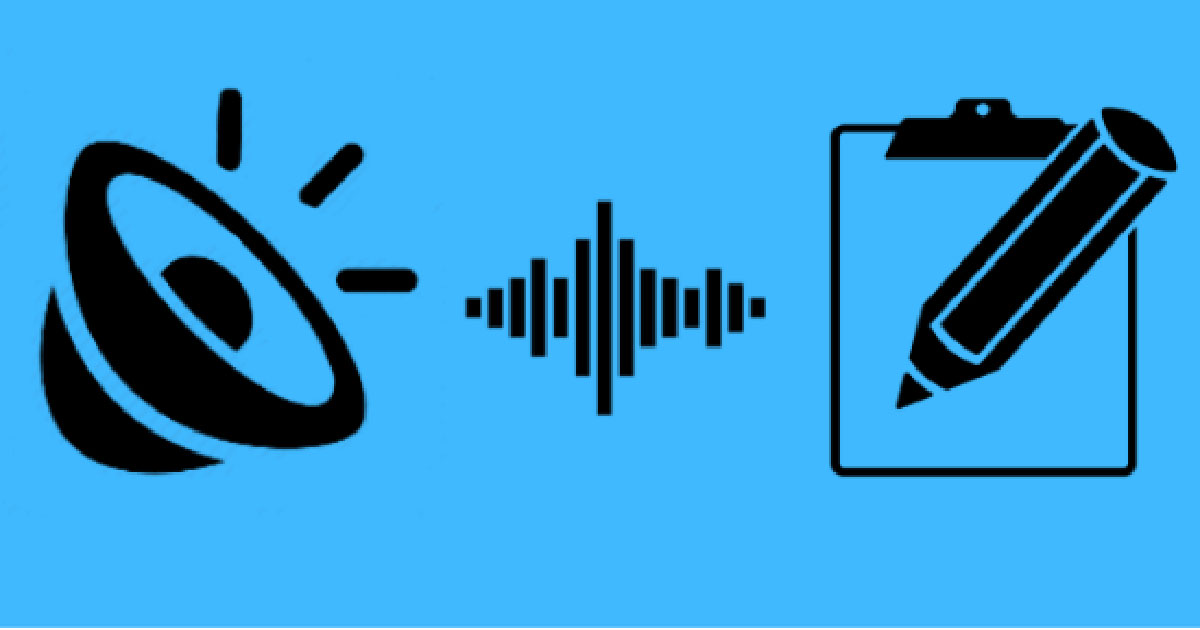The world of artificial intelligence has made life easier, and today, the most complex tasks can be done with the simplicity of a single click. However, if you want to transcribe an audio file with the help of manual labor, it can get tedious. Along with that, manual transcription might also increase the chances of making mistakes.
To make life easier and improve the efficacy of the transcription, using artificial intelligence can be your best bet. Using artificial intelligence for transcription can help you to have a transformative experience that is both faster and more effective. You will need to make use of limited resources, which can also save a lot of time.
Using Artificial Intelligence to Transcribe an Audio File
When you use artificial intelligence to transcribe audio file, there are simple steps that you can follow. These are:
- Choose the Right Tool
Transcription with the help of artificial intelligence is required to choose the perfect AI tool. There are too many options in the market at the moment, and hence it is very common to get confused. Each of these tools will have its unique features along with various pricing plans and accuracy.
Among the most popular artificial intelligence-based transcription tools is none other than Otter. AI.
This particular tool is highly recommended and it helps you with human and AI transcription. The best thing is that by using this tool you will be able to transcribe across various formats too. Another exceptionally popular tool is Sonix. This helps you with accurate transcription that you can use for business-related requirements too.
- Uploading the Audio File
After you have chosen the right tool to transcribe audio file, in the next step you will need to upload the audio file. Usually, the format for uploading depends on the kind of tool that you are using. Some of the most widely accepted formats include MP3, WAV, and even FLAC. You have to make sure that the quality of the audio file is promising otherwise it can impact the transcription quality.
When you are uploading an audio file for transcription you have to make sure that there are not many background noises. This can hamper the results. The ones who are speaking should have clarity and the tool has to make complete sense of the same. Usually, there are changes in the volume levels so that there is not much room for any kind of inconsistency.
- Transcription Preferences
The domain of transcription is moving fast, and hence, today, there are tons of new additions. Depending on what you envision, there can be changes to transcription preferences as well. One of the common options that you need to set up is the language. Various tools can support multiple languages like English, French, German, and similar others.
Among the transcription preferences, you can also choose the speaker identification. If the audience features multiple speakers, you will be able to choose the one who should suffice as your primary speaker. This kind of option is applicable if you want to transcribe an interview or podcast.
- Review and Edit
After you have set your preferences and started the transcription process, you will get the final product in a matter of a few seconds. This usually does not take much time and is a straightforward mechanism across most platforms. After the transcription is over, it is extremely important that you review the text to improve accuracy. Artificial intelligence tools are usually quite accurate; however, running through preliminary scans can help you to improve any ambiguity.
Based on your review, you will then be required to make edits. There is a chance that the artificial intelligence tool might misinterpret any expression and produce the wrong results. You will also have to be very sure about the grammatical and punctuation errors. Hence, always be open to reviewing sentence structures, syntax, and similar things.
Common Benefits of Using Artificial Intelligence for Transcription
Some of the most common reasons why you should consider using artificial intelligence to transcribe audio file are:
- Using artificial intelligence to transcribe an audio file will help you to save time.
- The chances of making errors are much less.
- You will be able to add preferences for both languages and file formats as required.
- The process of using artificial intelligence-based tools for transcription is simple and is a no-brainer.
- You will be able to get reliable transcriptions which can become perfect with the help of a little review and edits.
Conclusion
To transcribe an audio file with the help of artificial intelligence, it is important to put in enough effort and research. This will help you to choose the perfect tool which fits all your requirements. If you do not have much idea about which is the best tool that you can use, always rely on professionals to aid you through the same.
Key Takeaways
- When you use artificial intelligence to transcribe an audio file choosing the correct tool is extremely important among so many available options.
- Upload the audio file to the transcription tool as required based on the format which is most applicable to you.
- With the help of artificial intelligence, you can set up the transcription language preferences as required.
- After you have received the final product for transcription, make some reviews so that you have the most precise copy for use.
Also Read: How Does Corporate Training Improve Employee Performance?


